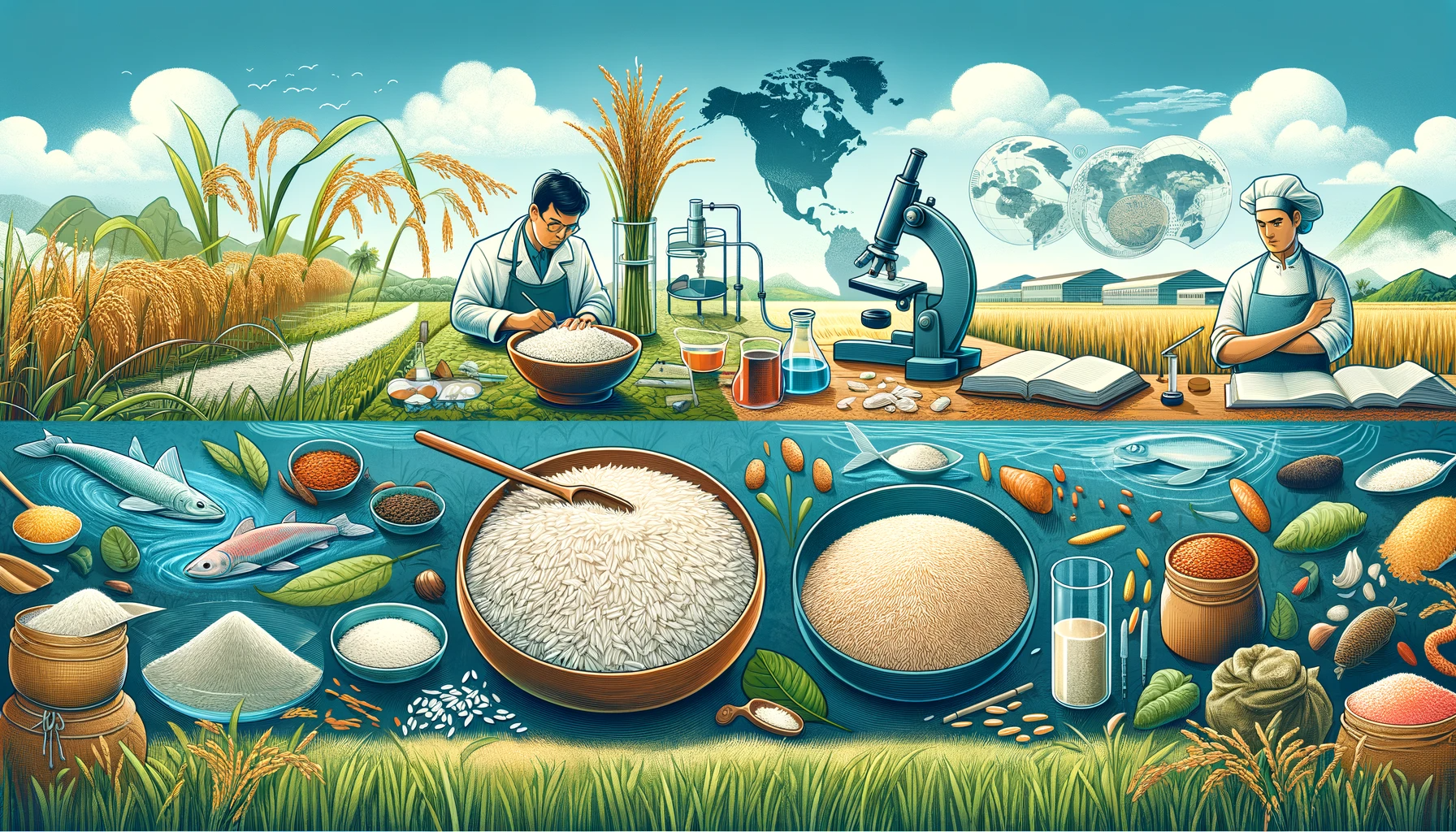Rice is a staple food for nearly half of the world’s population, making it a crucial ingredient in global diets. However, the environmental impact of rice production has raised concerns in recent years. In this article, we will explore the sustainability of rice production and how eco-friendly ingredient sourcing can mitigate its negative effects.
The Environmental Impact of Rice Production
Rice cultivation is resource-intensive and has several environmental drawbacks. Here’s an overview of the key issues associated with conventional rice production:
1. Water Usage
Rice is typically grown in flooded fields, which require a significant amount of water. This practice can lead to water scarcity and disrupt local ecosystems.
2. Greenhouse Gas Emissions
Methane, a potent greenhouse gas, is released during flooded rice cultivation. This contributes to global warming and climate change.
3. Pesticides and Chemicals
Conventional rice farming often relies on pesticides and chemical fertilizers, which can harm biodiversity, contaminate water sources, and pose health risks to farmers.
Sustainable Rice Farming Practices
To address these environmental challenges, many farmers and organizations are adopting sustainable rice farming practices. These methods prioritize eco-friendliness while ensuring rice production remains economically viable.
1. Dryland Rice Farming
Dryland rice farming, which doesn’t rely on flooded fields, significantly reduces water usage. This method conserves water resources and minimizes the negative impact on ecosystems.
2. Organic Farming
Organic rice farming eliminates the use of synthetic pesticides and fertilizers, promoting healthier soils, reducing pollution, and protecting biodiversity.
3. System of Rice Intensification (SRI)
SRI is a sustainable approach that emphasizes the efficient use of resources such as water and seeds, resulting in higher yields and reduced environmental impact.
Eco-Friendly Ingredient Sourcing
When it comes to sourcing rice for food products, businesses and consumers can play a vital role in promoting sustainability. Here are some steps to ensure eco-friendly ingredient sourcing:
1. Support Sustainable Brands
Look for rice brands that prioritize sustainable farming practices. Certifications like USDA Organic, Fair Trade, or Rainforest Alliance can indicate environmentally conscious sourcing.
2. Choose Local and Seasonal Rice
Opt for locally grown rice that doesn’t require long-distance transportation. Seasonal rice varieties can also reduce the carbon footprint of your food choices.
3. Reduce Food Waste
Minimize food waste by storing rice properly and using leftovers creatively. Wasted food contributes to unnecessary resource consumption.
4. Advocate for Change
Support initiatives and policies that promote sustainable agriculture and responsible sourcing of rice. Your voice can influence industry practices.
The Future of Sustainable Rice Production
As global awareness of environmental issues grows, the rice industry is gradually moving towards more sustainable practices. By choosing eco-friendly ingredient sourcing and supporting sustainable brands, consumers can contribute to a brighter and more environmentally friendly future for rice production.
In conclusion, the sustainability of rice production is a critical issue that affects both our planet and our diets. By adopting and promoting eco-friendly ingredient sourcing practices, we can ensure that rice remains a staple food without compromising the health of our environment. Make informed choices and support sustainability in every rice-based meal you enjoy.
